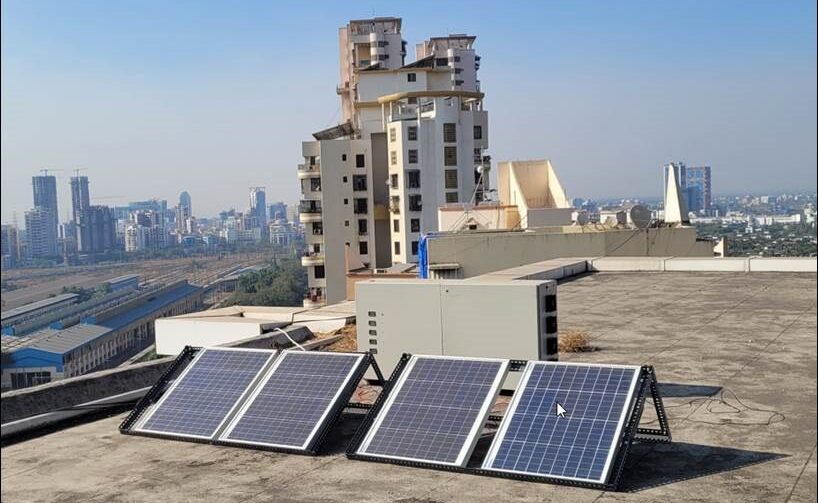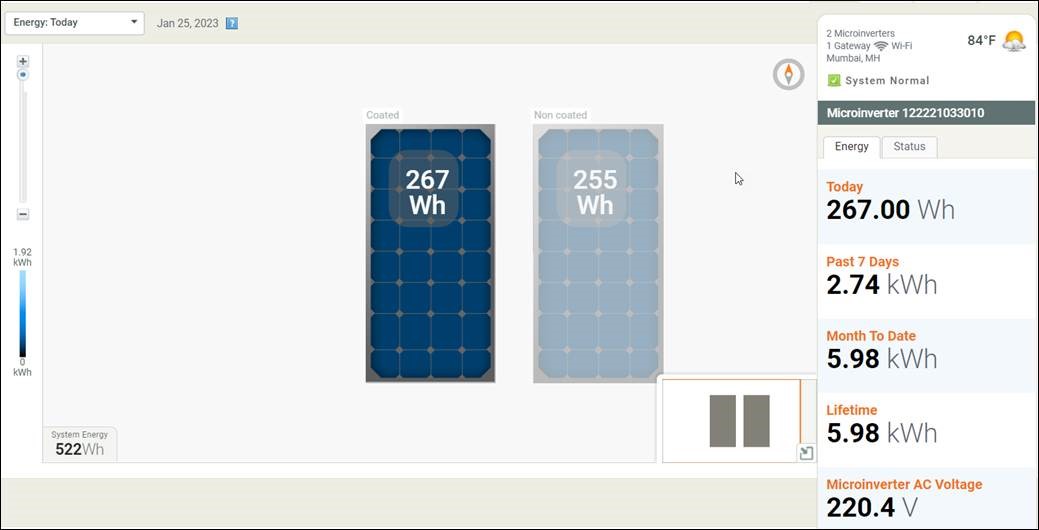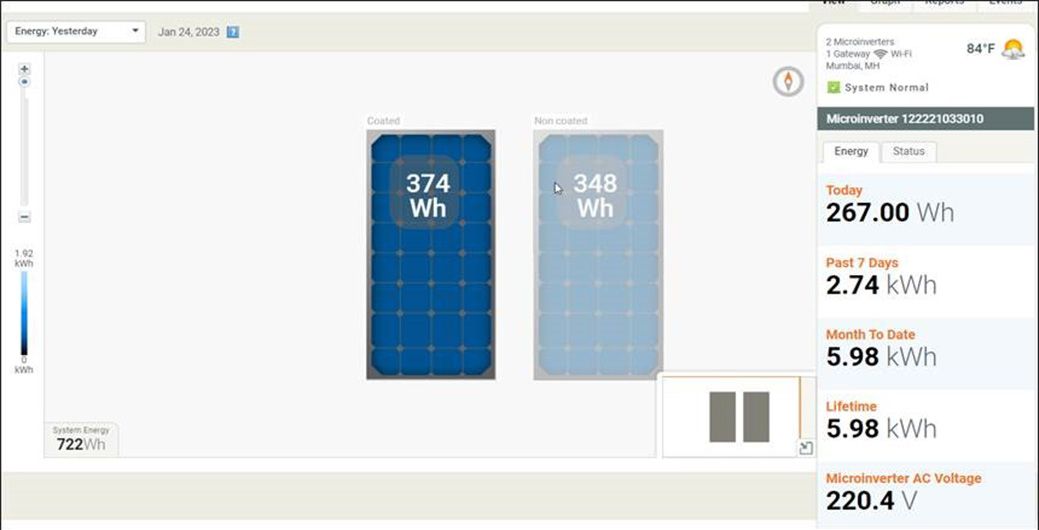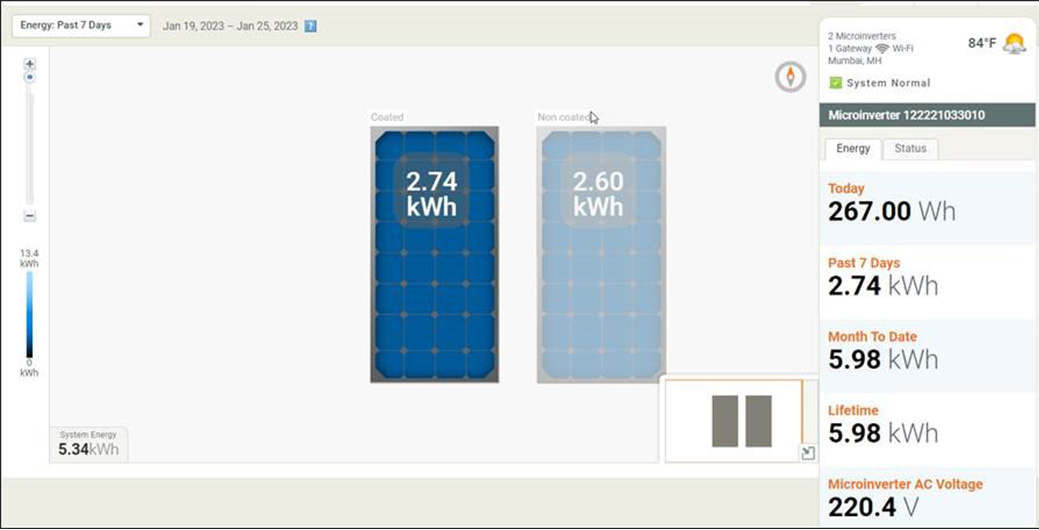TriNANO Coating – How It Works
TriNANO coating refers to a type of ultra-thin surface treatment that utilizes nanotechnology to enhance the properties of various materials. These coatings are composed of nanoparticles that form a protective layer, typically measured in nanometers, over a substrate. The primary function of NANO coatings is to improve durability, resistance to corrosion, water repellency, and ease of cleaning.
The TriNANO technology works by applying a nanoscale layer of material, such as silica or titanium dioxide, which chemically bonds to the surface. This bonding creates a barrier that is much more resistant to environmental factors than the uncoated material.
For instance, in automotive applications, NANO coatings can make car surfaces hydrophobic, causing water to bead up and roll off, which helps prevent dirt accumulation and reduces rust formation.
TriNANO coatings are also utilized in electronics to protect circuits from moisture, in textiles to create stain-resistant fabrics, and in healthcare for antimicrobial surfaces. The effectiveness of these coatings arises from their ability to cover the surface uniformly at a microscopic level, ensuring that even the smallest imperfections are shielded.
Overall, NANO coatings enhance the lifespan and functionality of materials, making them ideal for a wide range of industrial and consumer applications.
Our Current Monitoring System and Real-Time Data: We have installed a real-time monitoring system for rooftop solar panels for comparing the efficiency of TriNANO Coated v/s Uncoated panels

Each panel is 50W. Of these 4 panels, two panels are coated and the rest are non-coated. The real-time data clearly shows at least a 4 to 5% increase in Power Output.



- This clearly shows at least a 4 to 5% increase in Power Output.
- Typical 10 MW Solar Power plant generates 18,000 MWhours per year which is good to power about 70,000 Houses in India.
- This means for such a 10MW Solar power plant coated with our Nano-coatings, the plant owner would get additional power of 720 MWhours which means an additional revenue of about 17,00,000 INR/year, assuming 2.36 INR/unit as the PPA Rate.
- Or it would mean that this additional power of 720 MWhours would be good to power an additional 2,800 houses in India per year.